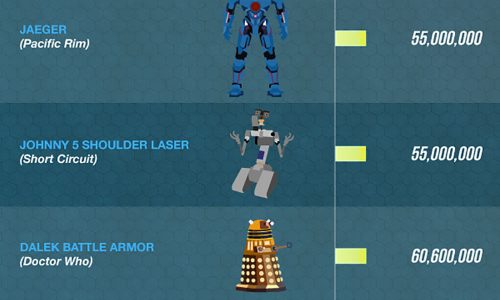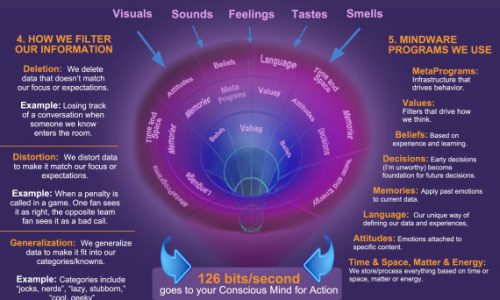
Water is essential for life. So, though the universe is unfathomably large, the habitable zone is a little less so. Nonetheless, every star has a habitable zone; the area where liquid water may exist. It’s called the Goldilocks zone as it’s neither too hot nor too cold.
This infographic gives a colorful depiction of just what conditions scientists look for when delving into the possibility of life on alternative planets.
NASA operates an active program to find other habitable planets in these zones and they’ve already found a few. Just because we haven’t yet encountered alien life, doesn’t mean that it doesn’t exist. Scientists estimate that there are more than 300 million planets with the potential for habitation in our galaxy. What is needed is a rocky planet with the potential for water.
To sustain life, a planet must have an orbit that remains stable for billions of years in a position that is neither too close nor too far from the star. In addition, that orbit must be circular to ensure constant conditions.
Yellow stars, like our sun, are not as common as orange dwarves. In fact, for every yellow star, the Milky Way has three orange dwarves. Orange dwarves are not as luminous as our sun and burn slightly cooler but they’ll keep burning for tens of billions of years, making them good candidates for intelligent life.
Of course, distance from the sun is not the only aspect that will determine the habitability of the planet. Also important is the magnetism, the gaseous composition, and the size of the planet. Who knows? Perhaps one day, humans will travel to other planets in the Milky Way.



